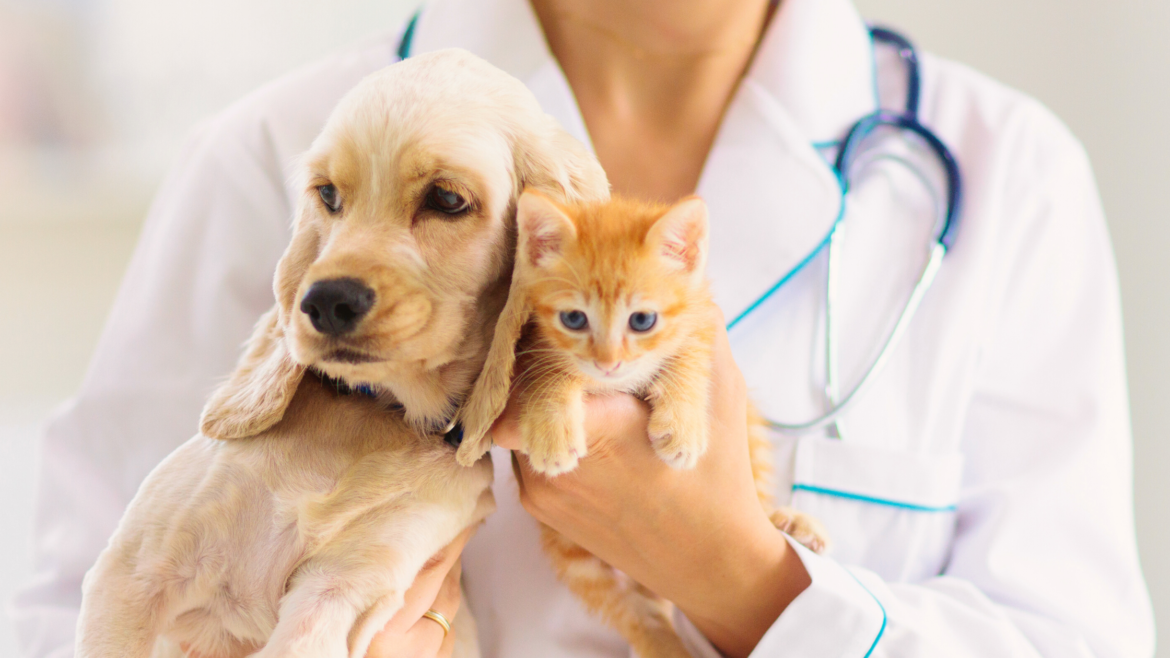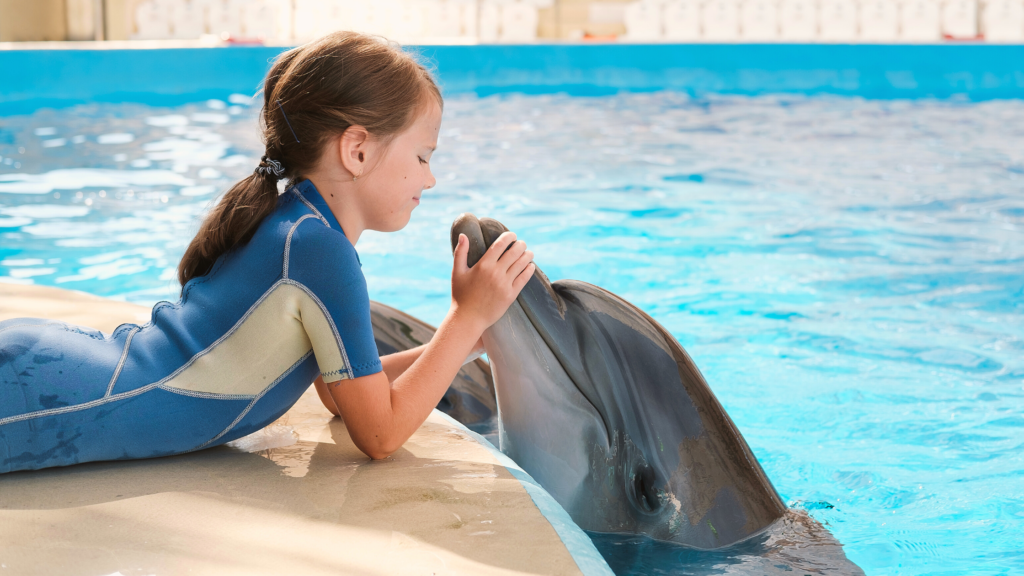
We often hear about pet therapy but what exactly is it?
It is a co-therapy using animals, which is combined with ongoing therapies, with the aim of helping and enriching traditional cures.
How was pet therapy born? The origins
The first confirmed study dates back to 1792 in England, at York Retrear Hospital, when psychologist William Tuke encouraged mentally disturbed patients to interact with and care for a small animal, which ultimately improved the patient’s self-control.
After the end of World War I, at St. Elizabeth’s Hospital in the USA, the first dogs were used to cure patients with schizophrenia and post-war depression or post-traumatic stress disorder.
In the following years pet therapy was increasingly used in hospitals all over the world. In recent years, many countries around the world have adopted laws or implemented pet therapy programmes.

All the benefits of animal therapy
Pet therapy complements ongoing therapies. The presence of animals also facilitates the approach of the different medical-health figures, especially in cases where the patient is uncooperative.
Several scientific studies have shown that the benefits of therapy with animals are multiple and intervene in different areas: cognitive, emotional, behavioural, communicative, psychosocial and corporal.
The main ones are listed below:
- Physical contact with an animal increases the level of hormones and neurotransmitters capable of provoking positive emotions (endorphins and dopamine) and releases oxytocin (the so-called happiness hormone) and this reduces anxiety, stress and improves mood.
- The relationship with the animal causes an increase in self-esteem and awareness in the person, reducing the risk of isolation.
- Animal therapy reduces aggression and hyperactivity and improves relationships and socialisation, provides moral and social support and encourages the patient to take better care of themselves and others.
- With the proximity of an animal, the patient, who is unable to make a specific movement, is stimulated and encouraged to move or get up to pet the animal, thus reinforcing muscle toning.
Pet therapy at school: a natural remedy for educational problems
Pet therapy can solve educational problems such as bullying, but it also helps young people with emotional difficulties and learning disabilities.
Pet therapy at school is an extraordinary support tool. Through regular encounters with the dog, young people learn to manage their vitality and benefit enormously, experiencing everything from a sense of well-being to an increase in self-esteem.
This helps not only the most difficult kids, but also the whole class; it increases the sense of responsibility towards others and stimulates social interaction.
In this “subject” no one will feel better or worse than anyone else, the dog will, in fact, treat them all equally.

Therapy animals
The animals that can participate in the pet therapy have to meet some requirements: first of all, they have to be domestic animals, i.e. able to interact with humans.
The health conditions and education of the animal are fundamental, which will be evaluated by a veterinarian with the project team.
When talking about animal therapies, we think of the dog, labelled as “man’s best friend”, but they are not the only protagonists. The dog is certainly the most used pet, it is the most sociable, playful and stimulates interaction with the patient.
Other animals used are:
The cat: suitable above all for accompanying people who live alone, the elderly or those who have difficulty moving, for whom a dog would be too demanding.
For children, pets such as rabbits, hamsters or birds (parrots and budgerigars are perfect candidates due to their high level of empathy) are particularly suitable, as they do not require a great deal of care and can be looked after with small everyday gestures. It will help them to get through difficult times related to growing up.
The horse is also a therapy animal (in this case it is called equine-assisted therapy EAT). This therapy is very widespread among children, but also among adults, because taking care of a large animal like a horse requires a lot of attention and this stimulates confidence and relieves impatience.
Last, but not least, is the dolphin (dolphin therapy). The dolphin is the best animal for the treatment of depression and for children and adults who have language disorders, intellectual disabilities or suffer from autism or Down’s syndrome. Dolphin therapy promotes the mental development of the person and has a calming effect. In addition, the ultrasound emanating from the dolphin improves mood.

Pet therapy in practice
Pet therapy is not only used in medical centres or hospitals, but also in homes, schools, social centres and, in the case of dolphin therapy and EAT, outdoors.
Pet therapy is very widespread, especially in paediatric units in hospitals, as children find it more difficult to accept their sickness and need to be distracted. It can be done individually or in a group; the expert encourages interaction between the patient and the animal, organising games and walks, when possible.
In an environment such as nursing homes, in some cases the pet (in most cases dogs or cats are used) is introduced in the room of the patient who suffers from a particular or very serious situation, such as people who have to be in bed. In other cases, it is possible to make a group therapy, introducing the animal in the common room, where each inmate is invited to pet it, call it by name or give it some simple commands; the patient is thus stimulated to remember past experiences with animals.
EAT consists of a gradual approach of the patient to the horse. At the beginning, the therapist gives the patient some exercises, but the patient will only be present and will not be directly involved in the exercises.
In the case of dolphin therapy, the patient is taken to the pool where the dolphin is. In this open environment, the autistic patient, for example, feels less isolated and is also abler to follow the therapist’s instructions. Dolphin and patient play together creating a serene and magical atmosphere. In addition, water plays an important role because it gives support and facilitates balance.
With this article we have explained to you the many possibilities of using pet therapy in different fields and the enormous benefits derived from it; we hope that we have clarified the idea of this wonderful and effective therapy.
We have named some professions related to animal therapy, but for all animal lovers, we have collected here five amazing opportunities to work with animals.







